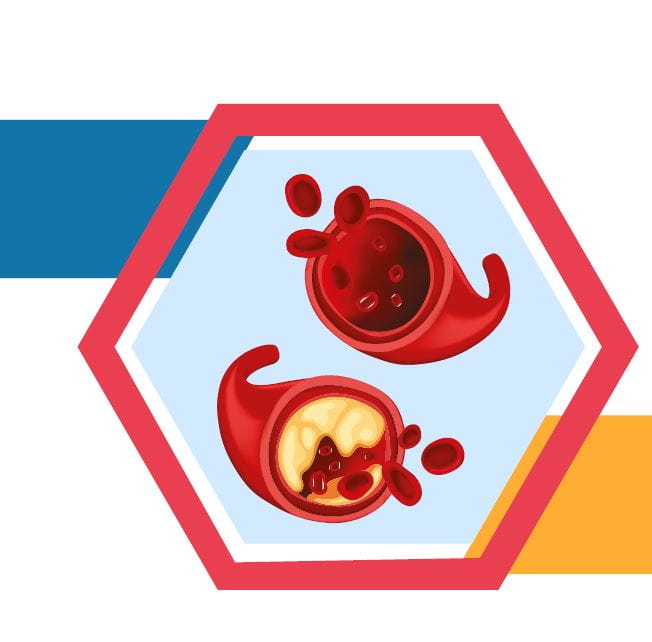ACC 2024: Panel Discussion- Remote Acute Assessment Of Patients With High Cardiovascular Risk Post-acute Coronary Syndrome (TELE-ACS)
The expert panel discussion on Remote Acute Assessment Of Patients With High Cardiovascular Risk Post-acute Coronary Syndrome (TELE-ACS) involved discussions on several key aspects. Firstly, the inclusion of a higher proportion of STEMI (ST-elevation myocardial infarction) patients in the study was attributed to the nature of patient presentation at the heart attack center, where many patients arrived via ambulance due to the severity of their condition, leading to a higher percentage of STEMI cases compared to non-STEMI and stable angina cases. Regarding secondary outcomes, the reduction in myocardial infarction (MI) and other events was attributed to the intervention's high level of support, patient education, and symptom monitoring. The Hawthorne effect, where patients modify behavior due to being monitored, likely contributed to this reduction. There was discussion about potential missed MIs despite monitoring, suggesting the limitations of relying solely on patient-reported symptoms. However, mortality data did not support these missed events. In terms of monitoring devices, consideration was given to using comprehensive devices like neuroplethysmography devices that could measure oxygen saturation, ST segment changes on ECG, and blood pressure in one unit. Home-administered troponin testing was also considered to enhance diagnostic accuracy, especially when patients present with chest pain but initial vital signs and ECG readings are inconclusive. Overall, the panel discussion highlighted the effectiveness of remote monitoring interventions in reducing cardiovascular events post-acute coronary syndrome while emphasizing the need for comprehensive and convenient monitoring devices to improve future diagnostic capabilities and patient outcomes.
American College of Cardiology (ACC) Congress 2024, 6th April – 8th April 2024, Atlanta, Georgia, USA




